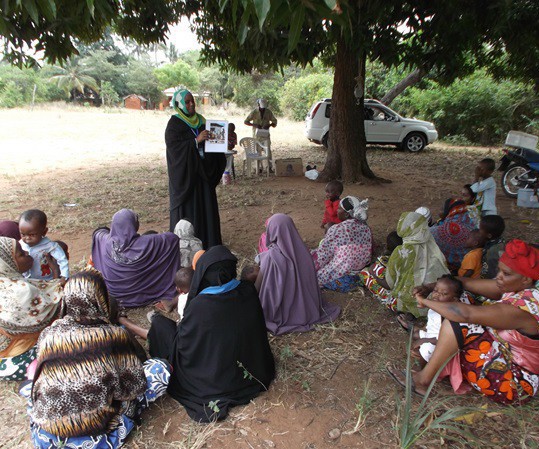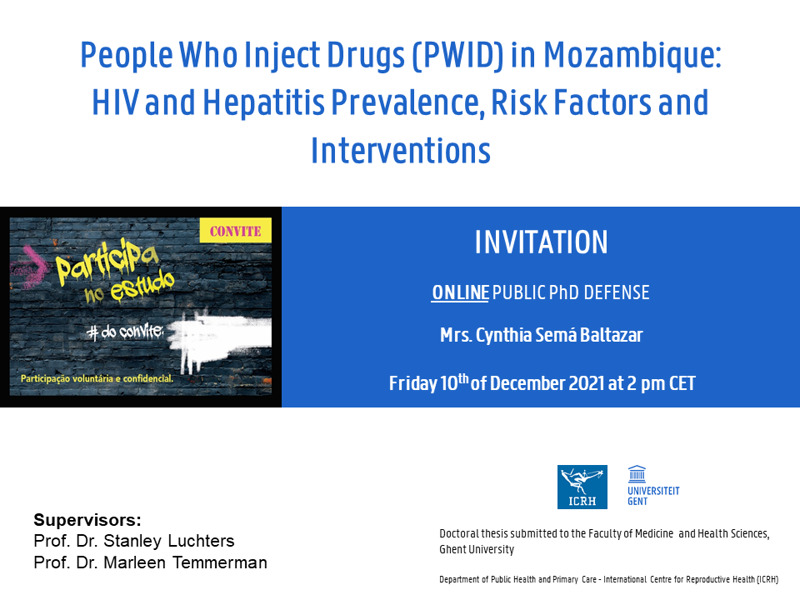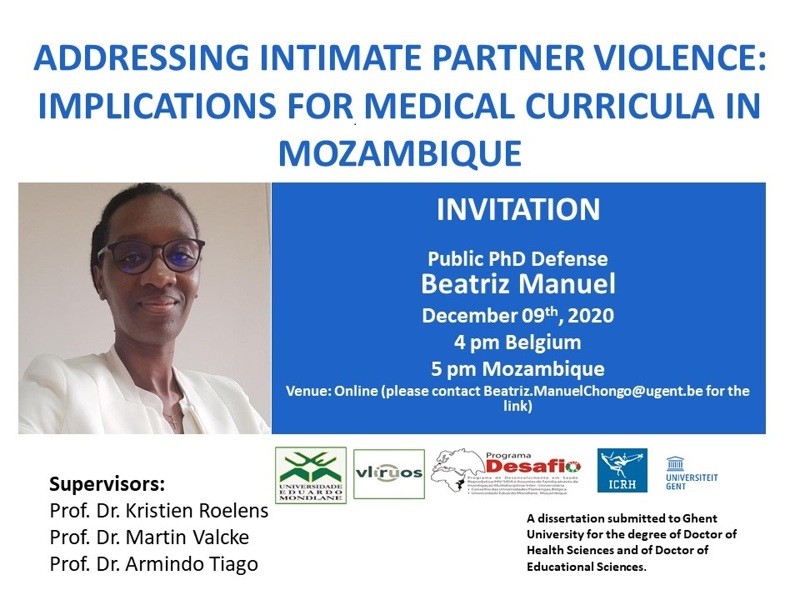MOMI project results

The ‘Missed Opportunities in Maternal and Infant Health’ (MOMI) project focused on the need to upgrade postpartum care. The overall project objective was ‘to improve maternal and newborn health through a focus on the postpartum (PP) period, adopting context-specific strategies...
The ‘Missed Opportunities in Maternal and Infant Health’ (MOMI) project focused on the need to upgrade postpartum care. The overall project objective was ‘to improve maternal and newborn health through a focus on the postpartum (PP) period, adopting context-specific strategies to strengthen health care delivery and services at both facility and community level in four sub-Saharan countries’. The study was implemented in Kaya district in Burkina Faso, Kwale district in Kenya (Matuga constituency), Ntchisi district in Malawi and Chiuta district in Mozambique. It started in February 2011 and has run for 5 years.
Using participatory methods in each study site a package of postpartum interventions was designed and developed, tailored to the gaps in postpartum care identified by an initial situation analysis and participatory workshops. The situation analysis showed that in all study countries maternal, newborn and child health is a national priority but specific policies for postpartum care were weak and there was very little evidence of effective postpartum care implementation. Based on these findings and pre-existing knowledge the interventions selected by stakeholders mainly focused on increasing the availability and provision of postpartum services and on improving the quality of postpartum care through strengthening postpartum services and care at facility and community level. The interventions in each site were designed to be replicable and sustainable as well as cost-neutral so that the withdrawal of MOMI support should not influence the continuation of what has been achieved. At the time of the final evaluation, at each of the four study sites, the interventions implementation varied between 12-24 months. The intervention content was based on existing evidence of clinical effectiveness. The evaluation was therefore not concerned with the effectiveness of the interventions per se but whether they have been effective in addressing gaps and optimizing delivery of postpartum care and to explore explanations for how and why this might be the case. The evaluation used quantitative (using routinely available data) and qualitative (using realist evaluation approach) methods.
MOMI project evaluation results
In brief, the evaluation showed that interventions were carried out to various degrees of implementation across the sites.
The community component of the intervention package aimed to increase the demand for postpartum care (PPC) in a critical mass of women so that it becomes, through forces of social cohesion, the ‘norm’. Community health workers, chosen by their own community, were to support this change by building trust with postpartum women and by bridging the gap between the community and the formal health sector. This intervention was most successful in Burkina Faso where the change occurred. There was less success in other settings where community health workers could not reach a critical amount of women due to various barriers such as low retention rate of community workers (Kenya), communities scattered over large and remote distances (Mozambique) and delayed implementation of the community intervention (Malawi).
Interventions directed at improving PPC delivery worked best when yearly refreshers and regular supervision were provided but were dependent upon the accountability systems operating in each setting. In Burkina and Kenya, the accountability system (Pay for Performance system) was favourable to MOMI implementation. On the other hand, accountability systems were a hindrance in Mozambique where healthcare workers fear looking incapable if they refer women with complications, and in Malawi where healthcare workers are not accountable for leaving their clinical duties and for delivering the PPC intervention. Furthermore, the lack of leadership and the fact that PPC is not as high of a priority at the national level than other aspects of maternal and child health had an impact on healthcare workers’ motivation to implement PPC interventions in all study sites.
Service integration between maternal and infant services was also included in the intervention packages of Burkina Faso, Mozambique and Malawi. It seemed to have been the most difficult component to implement in the three countries – where full implementation was not achieved – given the tight boundaries to healthcare workers’ responsibilities for delivering care, often compounded by separate managerial and financing arrangements for maternal and infant care. Service integration was therefore more successful in smaller rural health facilities where responsibilities for maternal and infant care were already overlapping.
Increasing the demand for and provision of postpartum family planning was a common component to all study sites. A mixture of external factors (strategy highly supported at the national level and large presence of non-governmental organisations in this field) combined with MOMI community and health facility interventions led to changed conceptions in women and to an increase in demand for family planning. However, in all countries, the main barrier to demand is the husband, who needs to provide permission, unless women are willing and able to get family planning secretly. On the supply side in all countries, healthcare workers do not spend enough time explaining to women the advantages and disadvantages of each method, even when appropriate training was provided. As a result, Depo-Provera injections remain the most administered method, despite the availability of other long lasting methods, as women are more familiar with Depo-Provera and it is the most convenient for healthcare workers to administer.




